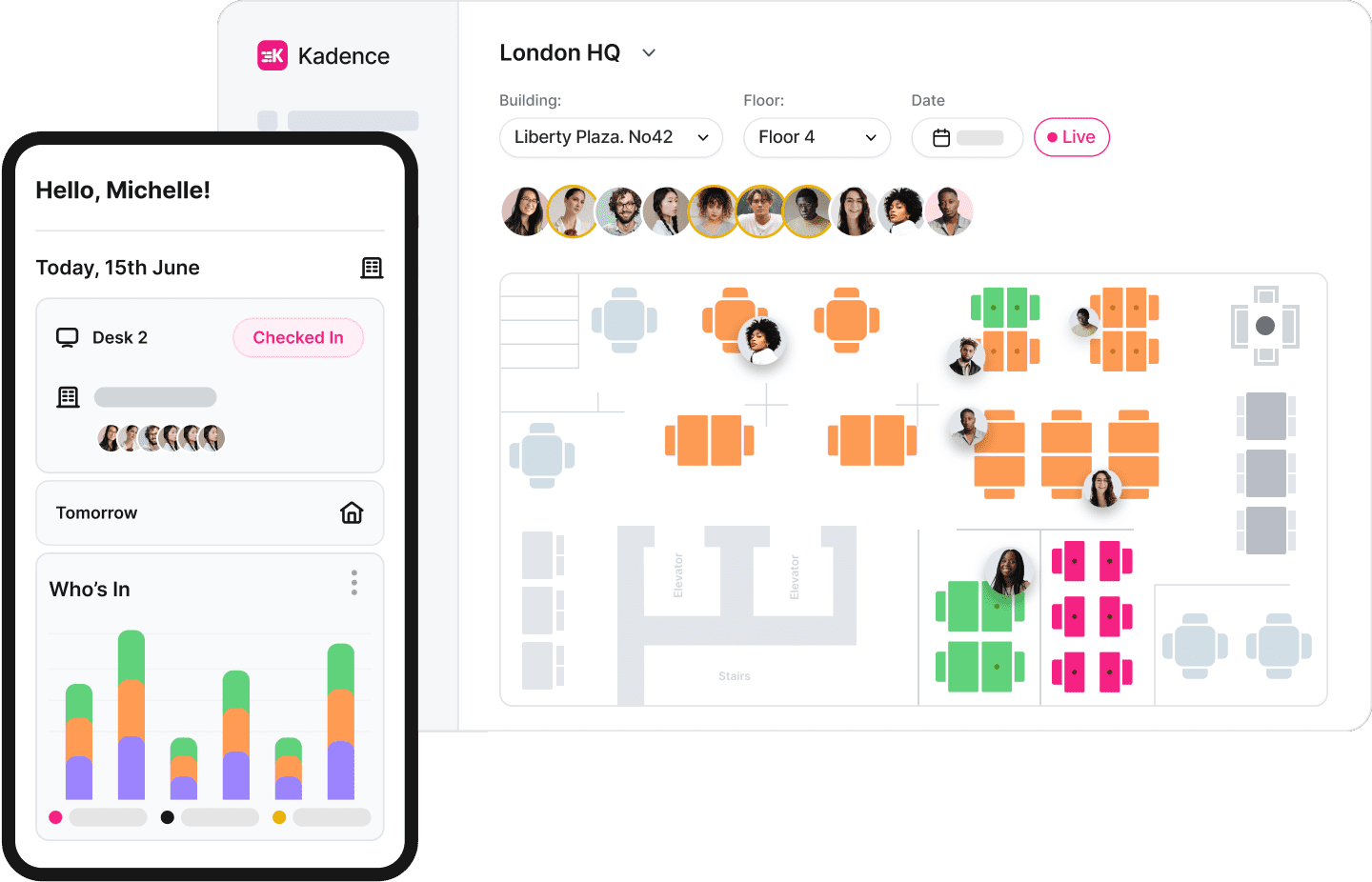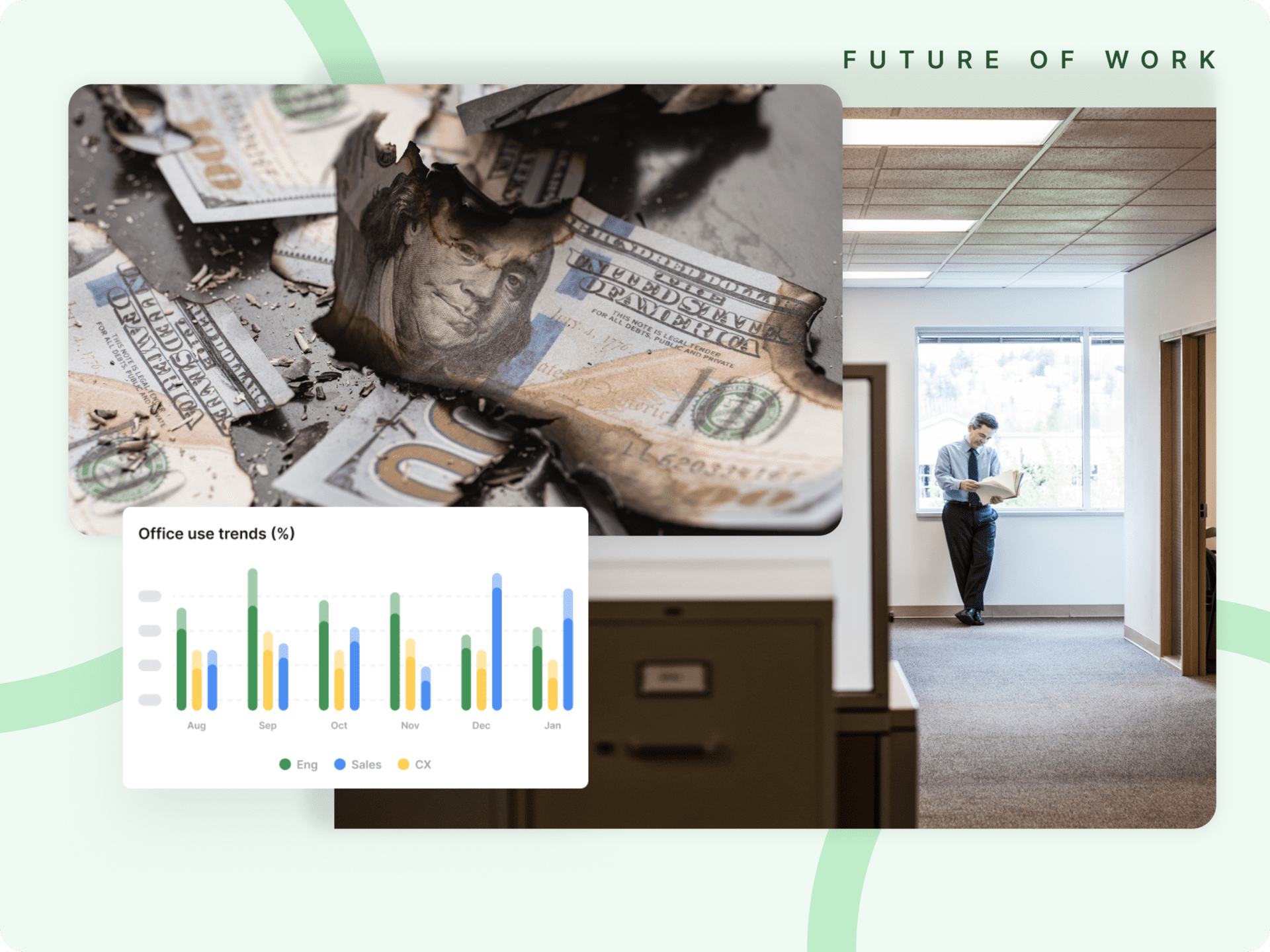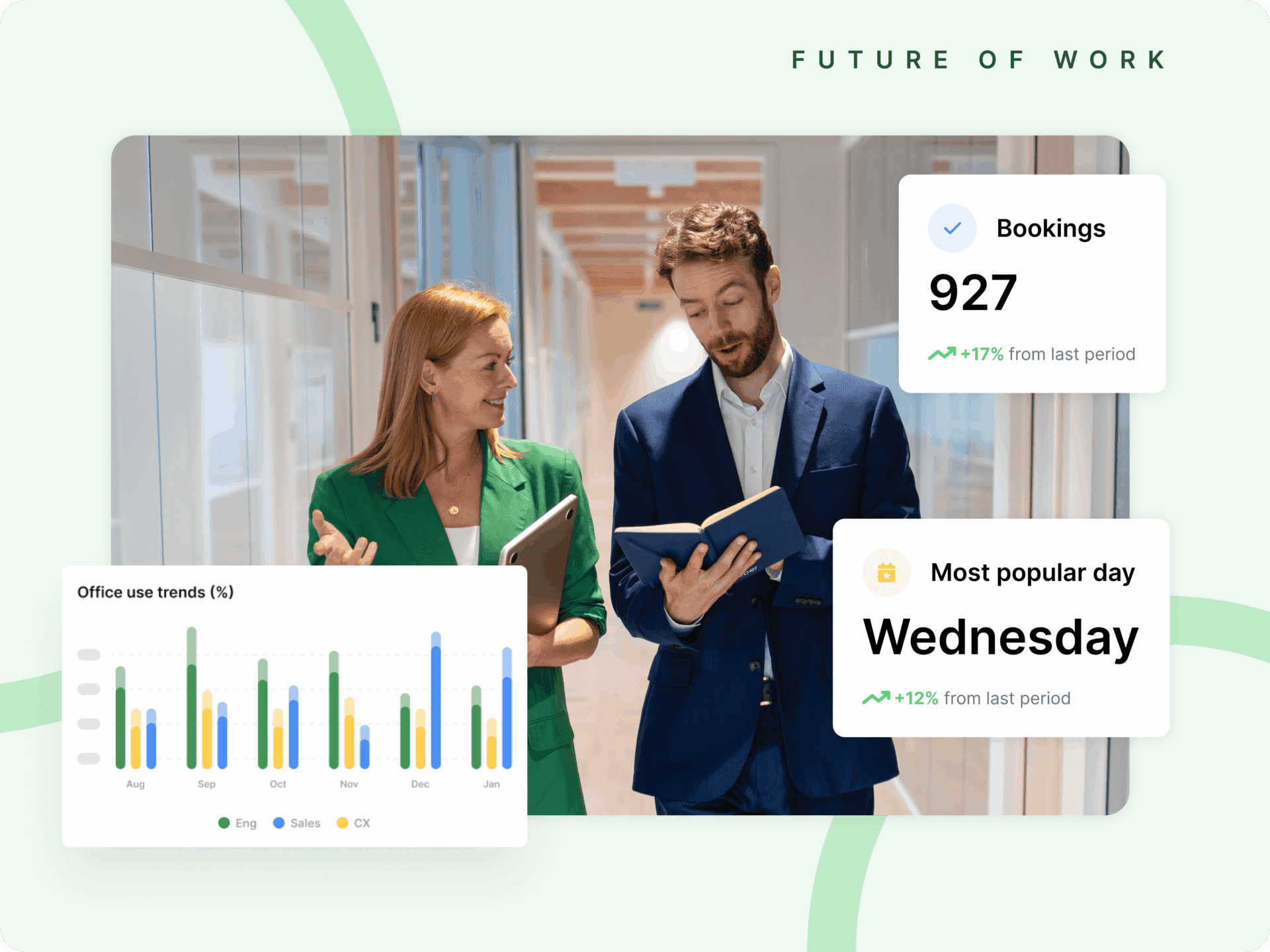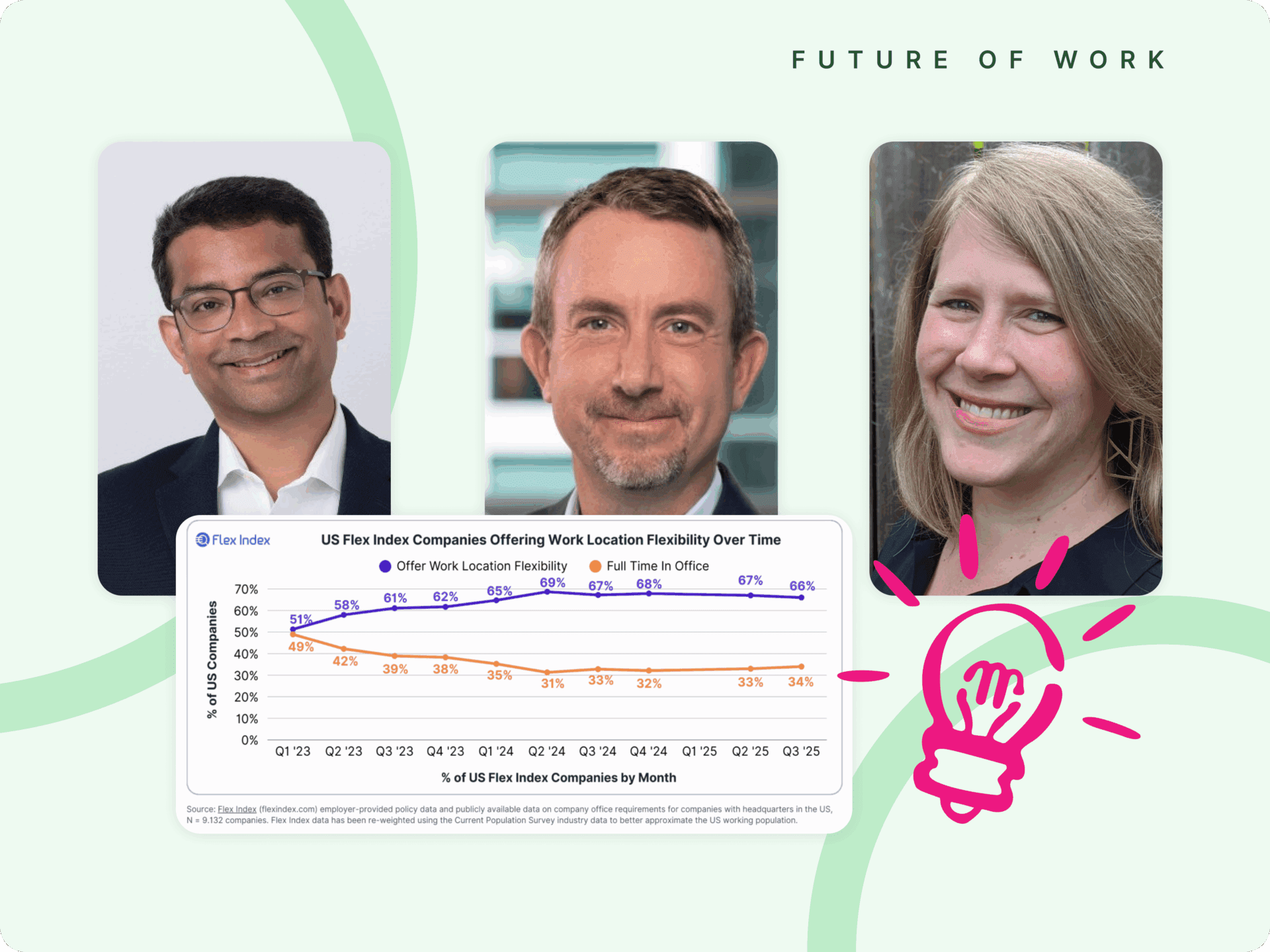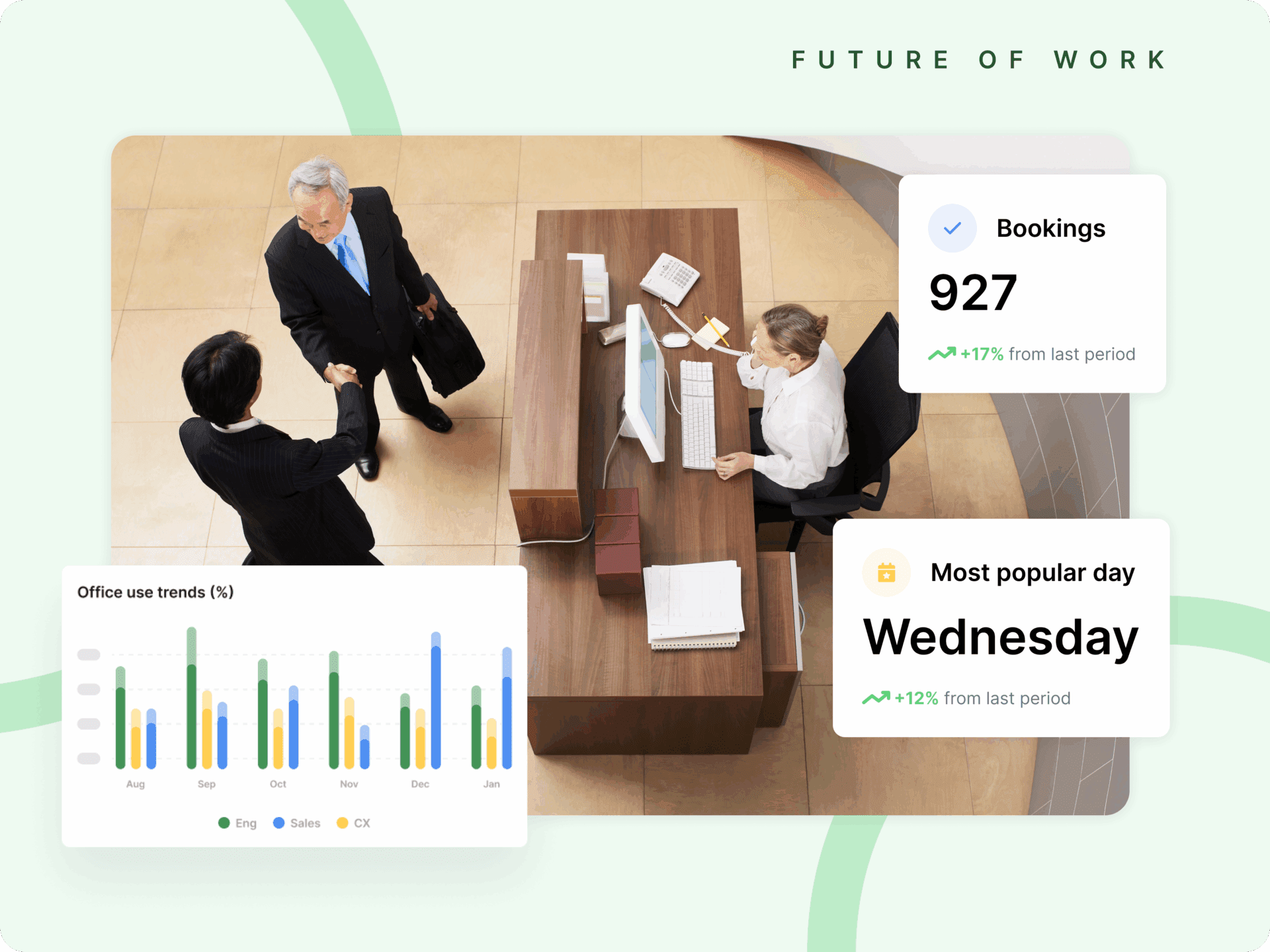The way we moved to remote work during the pandemic was chaotic—but it had to be. A global crisis forced us all into makeshift home offices, dodgy Wi-Fi, and Zoom marathons overnight. It wasn’t strategic. It was survival.
But now? Companies have no excuse. And yet, many are still winging it – and ultimately getting hybrid work wrong.
The rollout of hybrid work should be our opportunity to do better—to rethink, redesign, and rebuild the workplace to be fit for a new era. But instead, we’re watching the same old mistakes play out in real time, and they’re costing companies billions—soon to be trillions. Gallup estimates $8.8 trillion in lost productivity globally due to disengaged employees.
What the New York Magazine Article Gets Right
A recent article in New York Magazine paints a stark picture of getting hybrid work wrong. Office towers in Manhattan remain half-empty, with foot traffic a fraction of what it was pre-pandemic.
The McKinsey Global Institute reported in 2023 that commercial real estate value in major cities like New York, San Francisco, and London could decline by as much as 26% by 2030, which could amount to a $800 billion reduction globally in value due to remote work trends.
Workers often commute into the city only to spend their entire day on Zoom calls—disconnected from the colleagues physically around them. Many companies are pushing return-to-office mandates not because it’s boosting performance, but because they’re terrified of what remote work represents: a loss of control, a disruption to traditional company culture, and a future they don’t yet know how to navigate.

The piece doesn’t just highlight failing policy—it exposes a deep identity crisis in the modern workplace, where old expectations no longer fit the new reality.
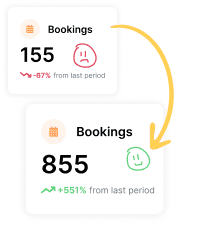
RTO by Force: A Masterclass in Missed Opportunities
We’ve seen some companies fall into the trap of enforcing rigid return-to-office mandates without addressing the deeper issues of why people aren’t coming in. But others are showing what success looks like.
Take JPMorgan, for example. The company pushed hard on return-to-office mandates, with top executives publicly expressing skepticism about remote work. Despite being an industry leader with the resources to design a world-class hybrid model, their approach leaned heavily on presence over purpose. Employees were required to return without clear communication on the value of in-person time or flexibility to accommodate different roles and work styles. It became a missed opportunity to lead with intention—where power was prioritized over people, and control over culture.

Or consider Trip.com, which implemented a hybrid policy that allowed employees to work remotely two days a week. The result? Not only did productivity remain strong, but employee satisfaction improved—and so did the bottom line. The company saved millions by reducing space costs and retaining top talent. The cost of replacing a high-performing employee can be 1.5–2x their salary.
These are companies leading with intention, not fear. They’re designing hybrid strategies that put people, not policies, at the center.
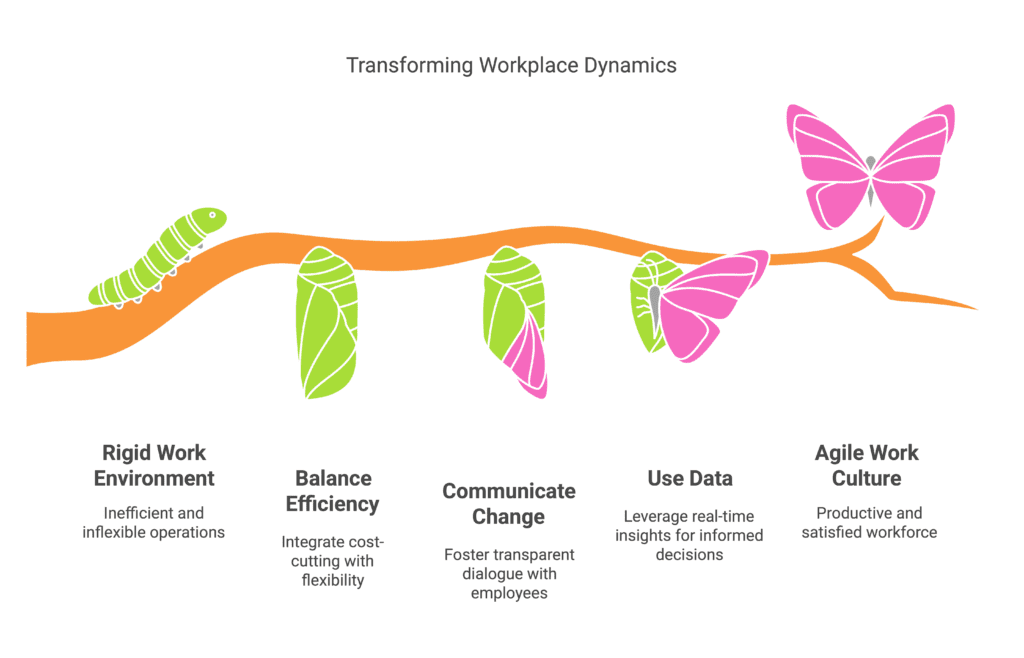
Compare that to others still scrambling to fill office space without fixing the broken experience of work. This is getting hybrid work wrong. Let’s be clear: mandating butts-in-seats is not a strategy. It’s panic in a tailored suit.
The Office Isn’t Dead. But the Old Way of Using It Is.
The real issue isn’t remote vs. office. It’s that most companies haven’t bothered to figure out why people should come in. The result? People show up to the office only to sit on Zoom calls all day, eating Pret alone and wondering why they bothered to commute. U.S. employers alone lose $300 billion annually due to stress-related absenteeism.
If you want people to return, give them a reason.
Design offices that foster collaboration. Use data to understand how people work best. Help teams coordinate time together, not just space.
But most importantly—make it intentional.
HR and IT: It’s On You Now
HR and IT leaders are now the architects of the modern work experience. This is no longer just about software licenses or employee surveys. It’s about designing systems, tools, and cultures that empower people to do their best work—wherever they are.
Get it right, and you unlock flexibility, belonging, and productivity. Get hybrid work wrong, and you lose your best talent to the companies who did it better.
The stakes have never been higher.
Hybrid Isn’t a Policy. It’s a Company-Wide Operating System.
The companies winning at hybrid aren’t the ones enforcing rules. They’re the ones evolving. They’ve stopped obsessing over how many days someone is in the office and started asking how to make those days valuable.
They’re aligning leadership, empowering managers, and giving teams autonomy to design their own rhythms of work.
They know hybrid isn’t a quick fix—it’s a mindset shift.

The Trillion-Dollar Tipping Point
The article in New York Magazine makes it painfully clear: office vacancy isn’t just a real estate problem—it’s a ripple effect across entire cities and economies.
But at a company level, it’s even more urgent.
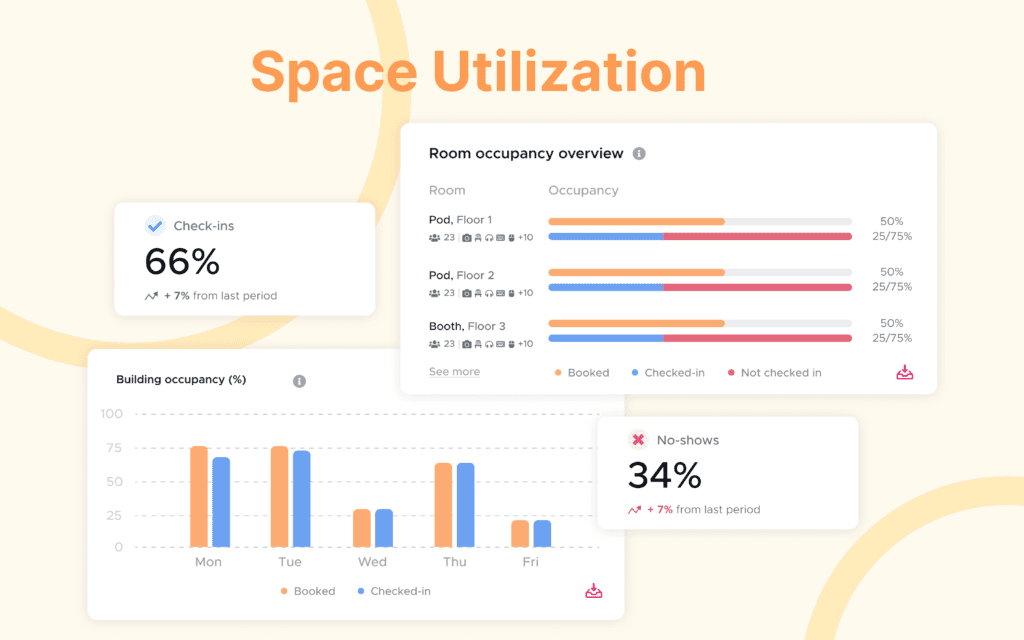
Get hybrid right, and you retain top talent, attract better people, and outperform your competitors.
Get it wrong, and you burn cash on half-empty offices, lose credibility, and drive your workforce to disengage—or leave.
This is the trillion-dollar problem. And it’s being solved (or not) one hybrid decision at a time.
What’s Next?
Companies can no longer afford to treat hybrid like an afterthought. They need purpose-built systems that support flexibility, coordination, and culture—all at once.
That’s where Kadence comes in.
We help teams plan, collaborate, and connect—without chaos. With Kadence, hybrid isn’t a mess of calendar invites and “Are you in today?” Slack messages. It’s an intelligent operating system for flexible work—designed to make in-person time intentional and impactful.
Because hybrid isn’t just the future. It’s the now. And when the cost of getting hybrid wrong is measured in trillions, it’s not just about getting organized—it’s about staying competitive.
Ready to stop guessing and start getting hybrid right? Book a demo with Kadence today.
